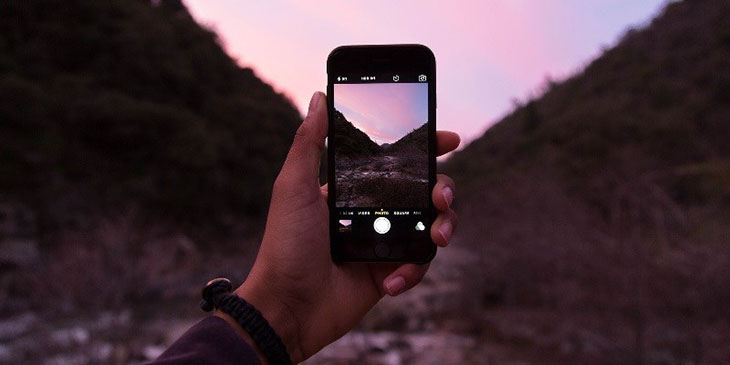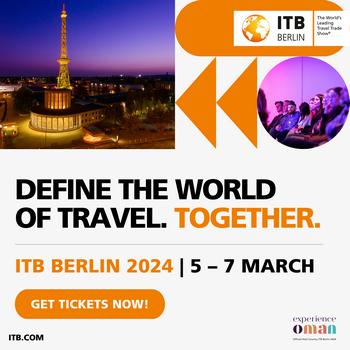Social media, travel’s ultimate influencer

Social media is changing the way people make travel decisions, therefore it is key for the tourism industry to have an online, appealing and visual presence.
The digital world is shedding new light on destinations and breaking down traditional barriers. Consumers are basing travel on what they have been exposed to on social media platforms, therefore, if used correctly, social media can be a powerful marketing tool for the tourism industry.
Power of social media
Collin Thaver, MD of Southern Africa 360 believes that social media is a powerful tool that can be used to reach a targeted audience. “It also has the reach to create awareness amongst a specific interest group and has the ability to sway a traveller’s buying and travel patterns based on the message, image or comments.”
Tracey Jeffery, Content Strategist at Wetu, told Tourism Update that the influence of social media lay in the fact that people were spending more time on various platforms for a number of reasons, including research, recommendations, entertainment and sharing of information or experiences, with platforms such as Facebook, Instagram and Pinterest already identified as the primary sources of social media-based travel inspiration.
Not all platforms are born equal
With social media influencing people’s travel decisions, Thaver says some platforms have greater influence than others. “I think Instagram is one that I see as a game changer,” he says.
Travel lovers are one of the most active groups on Instagram and are twice as likely to watch video content on the social site compared with other users, according to Neasa Bannon, Instagram and Facebook Travel Lead for Europe, Middle East and Africa.
Speaking at WTM London 2018, Bannon said Instagram had over one billion active users, with 500 million using the site every day.
WTM London released research revealing that 78% of those aged between 25 and 34 seek to spur social media envy by posting on the photo-sharing app, closely followed by those in the 18 to 24 age group, where 63% say they search for social status shots rather than shots of sambuca.
While many users follow people they know, 50% follow non-reciprocal posts, making Instagram an important marketing medium for travel companies.
Social media as an effective marketing tool
The content that creates travel envy, according to Jeffery, is the kind that is generally posted and found on social media platforms that lend themselves to the visual. “Video, amateur photography of landscapes or portraits, even GIFS, draw the eye and transport the viewer to that destination. This is a major reason for travel brands to hop on to that vehicle for marketing. That (social media) is where travellers actively seek inspiration and that makes it a powerful tool for the tourism trade.”
Jeremy Jauncey, Founder and CEO of Beautiful Destinations, said during WTM London: “Content can be put out almost instantaneously and it can be measured. You can do it at a very affordable cost on a massive scale.”
Social media’s sponsored content is quickly encroaching on traditional channels. “With the cheaper cost of reach and synced algorithms, I think these new disruptive platforms have been used effectively to reach key markets. The constant pop-ups on various platforms also have the ability to subtly change one’s thinking and buying patterns,” adds Thaver.
It is no longer enough to just have an attractive website dedicated to your brand, explains Jeffrey. You have to be in the social sharing space where you can be judged and endorsed by satisfied clients, and discovered by prospective clients.
Adam Middleton, Head of Strategy as UNILAD, a social media publisher that is making strides in the travel arena, said: “I’m seeing super-high-quality ads replicated on Facebook. Think about the style of content. It’s not always about the high quality content. As a user, if I’m seeing content like this, I not only want to know where it is but I’m going to be tagging my friends.”
“It’s the ultimate fear of missing out, as well as instant gratification, where consumers fatigued by overwhelming volumes of content not relevant to them, can be selective about the information they want to access versus what the online space chooses to throw at them,” said Jeffery. “People belong to communities with similar interests, there they look at content mainly from other travellers, but also influencers and travel brands that are savvy enough to make themselves attractive in this space.”
Target audience
Choosing the right platform for your target audience is key, as Thaver reveals that Instagram is larger in Europe and America, driven more by young independent professionals, whilst Facebook trumps social media platforms in emerging markets such as India, and the United Arab Emirates, especially among the older generation, who have the buying and decision-making powers.
In addition, he says Facebook is all about the images and stories that apply more to the older audience, whilst Twitter is all about an instant call to action and has a significant reach across all age groups, LinkedIn is an ideal B2B selling awareness platform, whilst Instagram matters, especially to millennials. “It’s all about the picture, setting and creating of want for followers with Instagram.”
source: Tourism Update





